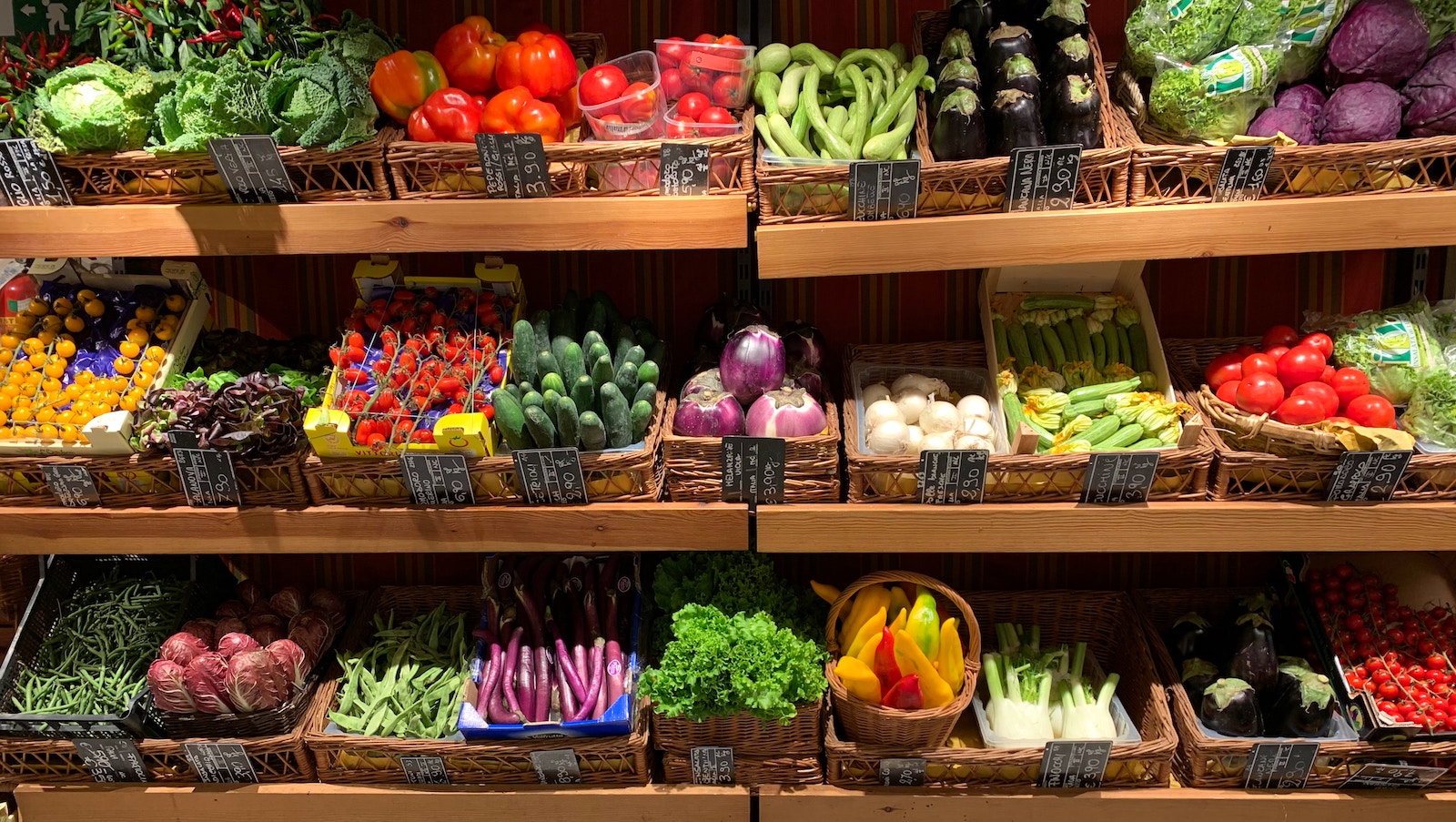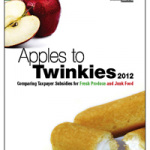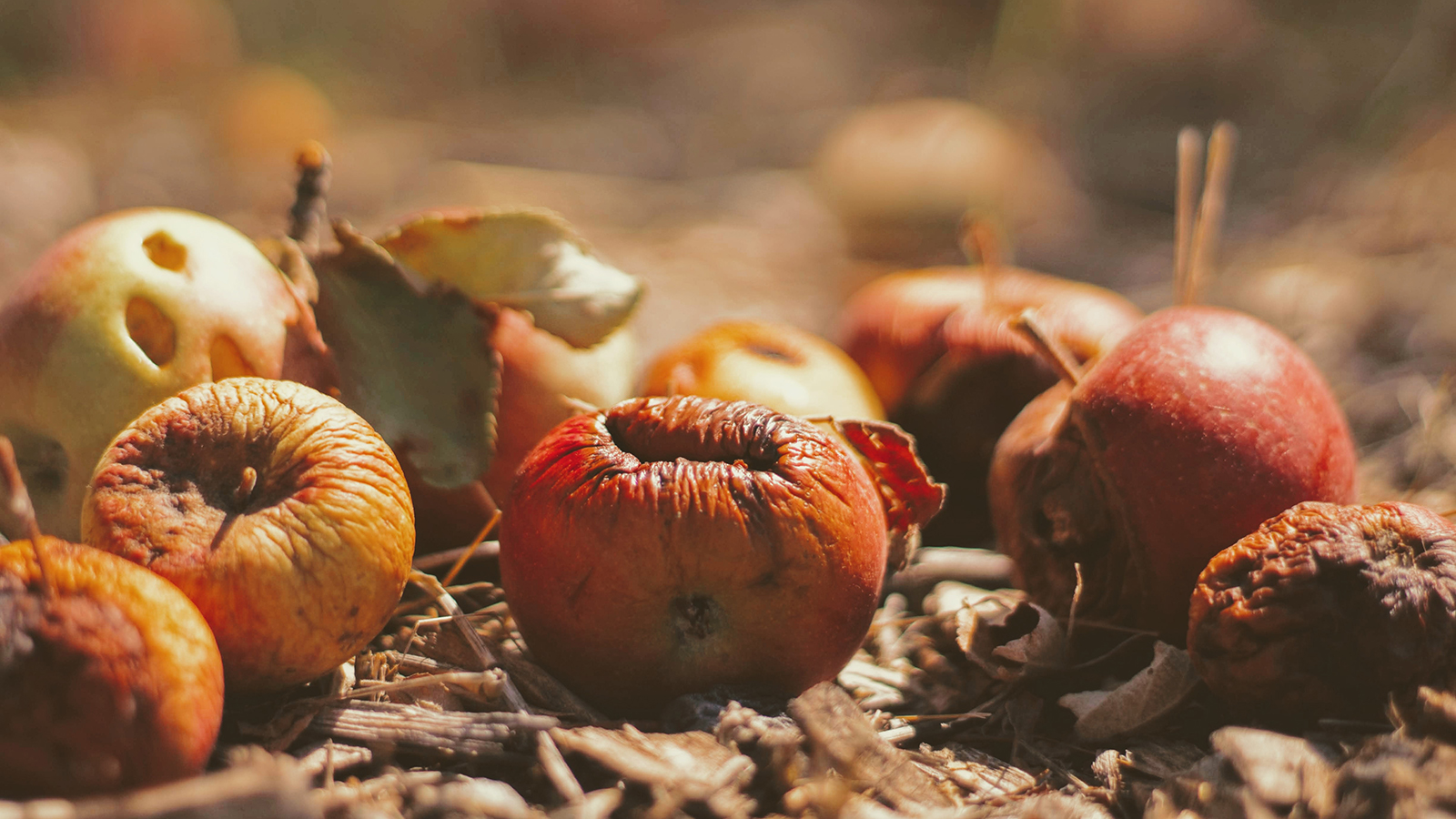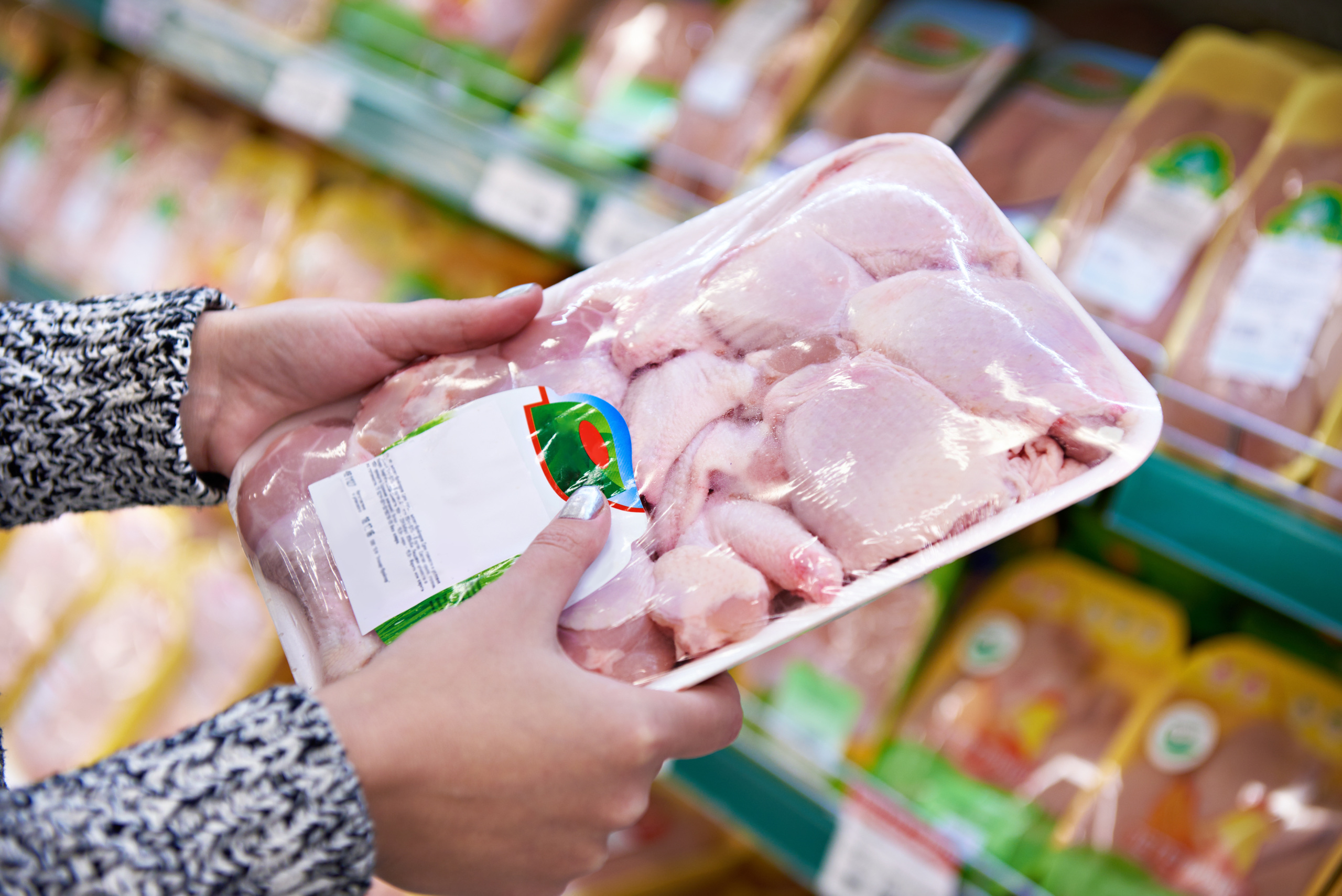
Apples to Twinkies 2012
Comparing Taxpayer Subsidies for Fresh Produce and Junk Food
At a time when America is facing an obesity epidemic, crushing debt and a weak economy, billions of taxpayer dollars are subsidizing junk food ingredients.
Downloads
CoPIRG

At a time when America is facing an obesity epidemic, crushing debt and a weak economy, billions of taxpayer dollars are subsidizing junk food ingredients.
In this report, we find that in 2011, over $1.28 billion in taxpayer subsidies went to junk food ingredients, bringing the total to a staggering $18.2 billion since 1995. To put that figure in perspective, $18.2 billion is enough to buy 2.9 billion Twinkies every year – 21 for every single American taxpayer.
In contrast, only $637 million has gone to subsidies for apples since 1995. That’s enough to buy 77 million apples per year on average – just half of one apple per taxpayer.
At the same time, childhood obesity rates have tripled over the last three decades, with one in five kids aged 6 to 11 now obese. These increases in obesity rates will translate into kids who are at greater risk for heart disease and diabetes, undermining the health of our country and driving up medical costs by hundreds of billions of dollars. The rise in obesity has many causes, but one of the most important is the increased prevalence of high-fat, heavily sweetened junk food.
Between 1995 and 2011, American taxpayers spent over $277 billion in agricultural subsidies. Most subsidies went to the country’s largest farming operations, mainly to grow just a few commodity crops, including corn and soybeans.
Most of these commodity crops are not simply eaten as-is. Among other uses, food manufacturers process them into additives like high fructose corn syrup and vegetable oils that provide a cheap dose of sweetness and fat to a wide variety of junk food products. Thus, Americans’ tax dollars directly subsidize junk food ingredients
Key Findings:
- Between 1995 and 2011, $18.2 billion in tax dollars subsidized four common junk food additives – corn syrup, high fructose corn syrup, corn starch, and soy oils (which are processed further into hydrogenated vegetable oils).
- Healthier agricultural products receive very little in federal subsidies. Since 1995, taxpayers spent only $637 million subsidizing apples, which is one of the few fresh fruits or vegetables that have a significant federal subsidy.
- If subsidies for junk food ingredients went directly to taxpayers to allow them to purchase food, each of America’s 141 million taxpayers would receive $7.58 to spend on junk food and 27 cents to spend on apples each year – enough to buy 21 Twinkies but just half of one Red Delicious apple.
- The $18.2 billion in subsidies for junk food ingredients that taxpayers have shelled out since 1995 is enough to buy 49 billion Twinkies. Placed end to end, they would circle the globe 125 times.
- Since 1995, the lion’s share of agricultural subsidies has gone to a very small number of large operations – 75% of subsidies go to just 3.8% of U.S. farmers.
The fact that so many tax dollars are being wasted on junk food demonstrates the need to reform federal agricultural subsidies and end this wasteful spending.
Topics
Find Out More


The food we waste could end hunger

Superbugs in Stock

